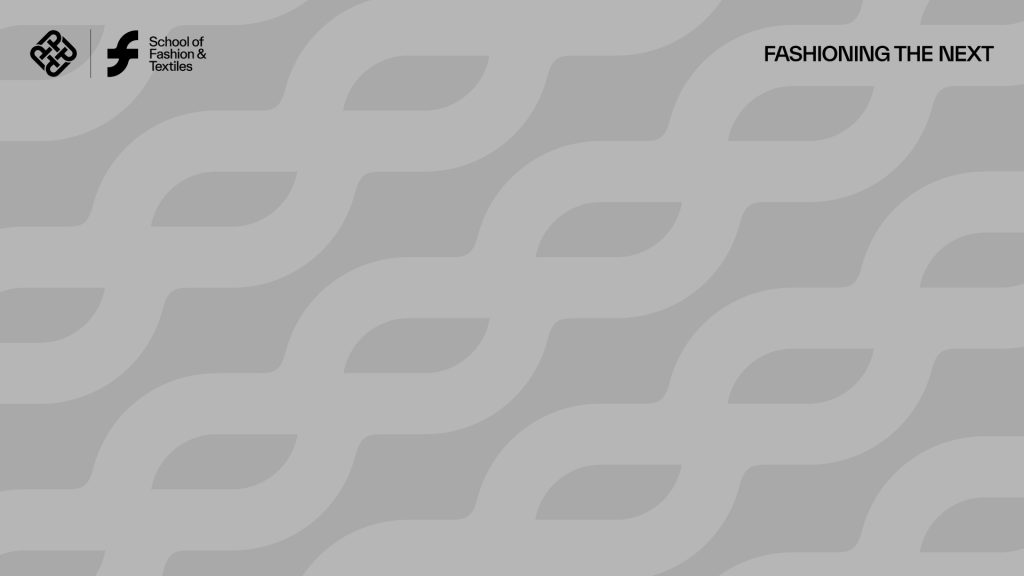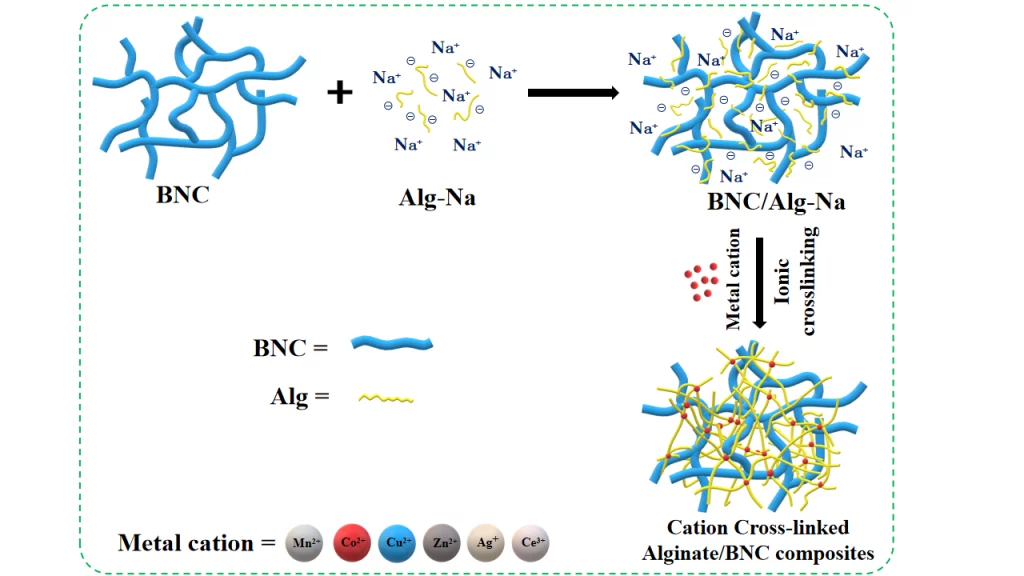Publications
Filter
Year
Development of antiviral cvc (Chief value cotton) fabric
This study examines PHMB-treated fabric, showing it kills 94% of coronavirus in 2 hours. The findings highlight its potential for use in protective clothing and bedding, offering a promising solution to reduce COVID-19 transmission in high-risk areas. Read more

Influence of pH-responsive compounds synthesized from chitosan and hyaluronic acid on dual-responsive (pH/temperature) hydrogel drug delivery systems of Cortex Moutan
This study investigates polysaccharide-based pH-responsive hydrogels for drug delivery. Enhanced drug release and antibacterial properties were observed, facilitated by improved stability and mechanical strength, indicating significant potential for advanced biomedical applications. Read more

Bacterial nanocellulose-enhanced alginate double-network hydrogels cross-linked with six metal cations for antibacterial wound dressing.
This study explores alginate and bacterial nanocellulose composites for wound healing. Using a vacuum suction method, composites exhibit enhanced antibacterial activity and mechanical strength, promoting faster healing. These findings underscore potential advancements in smart biomedical dressings. Read more

Exploring mass customization and textile application in medical products: re-designing scoliosis brace for shorter production lead time and better quality of life
This study introduces a textile-based scoliosis brace that enhances patient compliance and reduces production time. Methodology includes interface pressure analysis and patient surveys, revealing improved quality of life and effective spinal correction, advancing scoliosis treatment options. Read more

Use of ratiometrically designed nanocarrier targeting CDK4/6 and autophagy pathways for effective pancreatic cancer treatment
This study presents a novel nanoformulation for pancreatic cancer, co-delivering CDK4/6 and autophagy inhibitors. Methodology demonstrates enhanced intratumoral drug accumulation, yielding superior tumor shrinkage and synergistic efficacy, suggesting significant potential for improved cancer therapies. Read more

Effect of contacting surface on the performance of thin-film force and pressure sensors
This study examines enhancing flexible sensor accuracy for apparel comfort assessment. Key findings show that adding rigid discs improves sensitivity, while systematic calibration on varied surface conditions optimizes accuracy, crucial for evaluating wear comfort on soft surfaces. Read more

Reusable face masks as alternative for disposable medical masks: factors that affect their wear-comfort
This study explores comfort factors in reusable face masks, focusing on permeability, thermal conductivity, and wear trials. Findings suggest that masks with thin, breathable fabrics and high thermal conductivity offer greater comfort, informing better mask design strategies. Read more

Ch 2. Activewear designs and innovations.
Explore the rising trend of fashionable activewear, where style meets function. This publication showcases innovative brands that seamlessly blend aesthetics with performance, offering consumers chic, versatile apparel perfect for both workouts and everyday wear. Read more

Computational modelling methods for sports bra–body interactions
This study introduces a method using FE and ANN models to simulate sports bra pressure, reducing design time and cost. The approach shows minimal error between models, suggesting significant advancements in predicting breast mechanics and improving sports bra design. Read more

Wearable Fiber Optic Technology Based on Smart Textile: A Review
This review explores wearable fiber optic technology in smart textiles, covering applications in fashion, health monitoring, and treatment. It summarizes key principles like side emission and modulation, and discusses weaving and knitting techniques for integrating optic fibers into fabrics. Read more

Here goes your text ... Select any part of your text to access the formatting toolbar.
Here goes your text ... Select any part of your text to access the formatting toolbar.
Here goes your text ... Select any part of your text to access the formatting toolbar.
Here goes your text ... Select any part of your text to access the formatting toolbar.
